
When Kensington Palace announced the engagement of Prince Harry and the actor Meghan Markle on Monday morning, the news lit up Black and Brown Twitter. Some rejoiced, seeing it as a lighthearted victory (“I always knew Prince Harry was down with the swirl”) or a potential revolution (“If anyone can get us back our reparations for colonialism it’s Meghan Markle”). Others were saltier, joking that Markle was in the Sunken Place. And then there were people who simply enjoyed watching a subset of die-hard monarchists, royalists, and Prince Harry fangirls seethe over the pairing.
The British monarchy is still — even if only symbolically — powerful and undeniably popular. Queen Elizabeth II remains the sovereign of 15 other countries while also acting as the head of the Commonwealth of Nations, which covers nearly a third of the world’s population. When Prince William and Kate Middleton wed, viewers from over 180 countries tuned in, including 23 million Americans. In fact, more people watched their wedding than Charles and Diana’s. This isn’t to say the royal family and their love lives should matter. They simply do.
The last time a British royal married an American divorcee, the royal family tailspun into a constitutional crisis. Meghan Markle’s engagement isn’t likely to spark anything similar, but her joining the Windsor family is significant on broader levels. British royalty has long been synonymous with the idea of whiteness. Markle’s upcoming marriage challenges this ideal and drags the monarchy, and Britain by extension, into the present. Her significance in the wake of centuries of colonial tyranny and white supremacy may be purely symbolic, but symbols matter. Markle — who was 2016’s most googled actress — may be the key to modernizing the monarchy, simply by virtue of who she is.
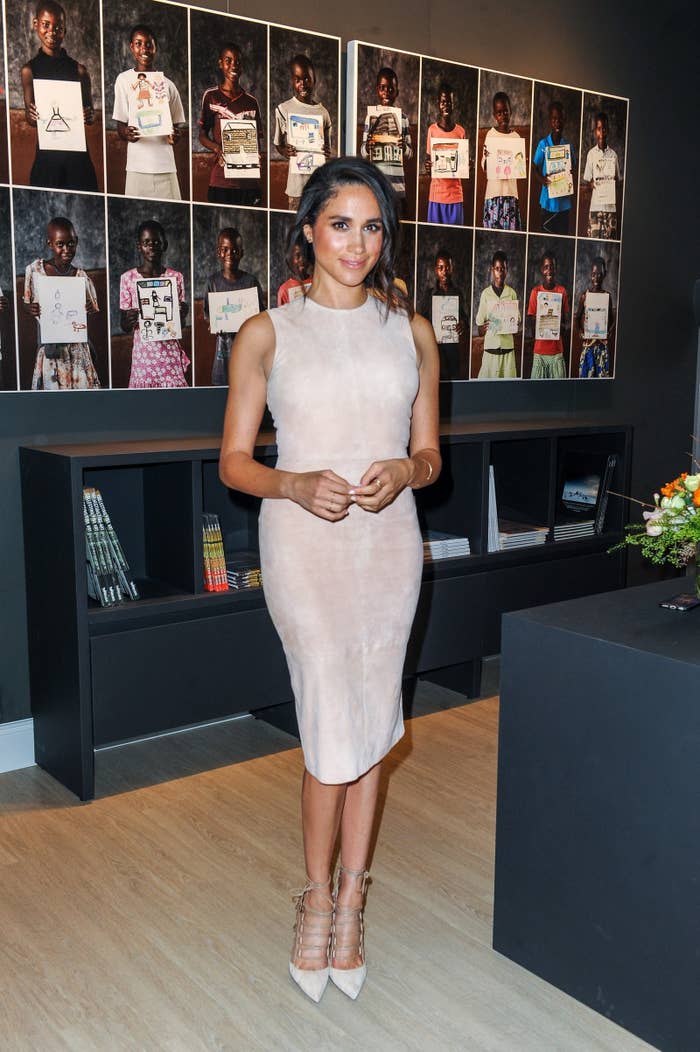
There are many ways in which Meghan Markle doesn’t fit the traditional mold of a British royal. The 36-year-old actor was born and bred in Los Angeles to a Dutch-Irish former lighting director father from Pennsylvania and an African-American, yoga-teaching mother. Until recently, she played a lead role in the basic-cable drama Suits, a job she’ll be giving up when she marries Prince Harry. In addition to her acting, for three years Markle ran the Tig, a lifestyle blog featuring tips on food, fashion, beauty, and travel, and sometimes politics.
Growing up in LA shaped Markle in other ways, too. She was 10 when the Rodney King riots engulfed the city’s streets, a last-straw reaction to police brutality and systemic racism. According to Vanity Fair, she had been in class at the Hollywood Little Red School House when the rioting erupted and the school went into lockdown until it was safe for parents to get their children. While they headed home, ash from the ongoing carnage drifted around them. Markle thought it was snow. Her mother gently corrected her.
As Markle grew up, she’d be forced to remove her rose-colored glasses more often. In a 2015 essay for Elle, she recalls her confusion when asked to check a box stating her ethnicity. (Her father encouraged her to make her own box.) She remembers hearing her mother being angrily called the n-word. And she’s open about the challenges she’s faced as an ethnically ambiguous actress who’s never black or white enough.
She credits these awakening experiences with increasing her social awareness, which in turn led her to charity work that includes serving as a UN Women advocate and World Vision ambassador. Given Markle’s involvement in social issues and her globetrotter status, (one of the future royal couple’s first dates was to Botswana for a camping trip) she actually seems more prepped for her upcoming role than other commoners — namely Diana, Camilla, and Kate — were before marrying into the family.
The revelation that Markle was dating Prince Harry, however, initially sent many tabloids into racist overdrive. On Halloween 2016, the British tabloid the Express revealed that Prince Harry had been quietly dating Markle for six months. (According to Vanity Fair, it was actually four.) That same day, Markle posted a cutesy photo of two anthropomorphic bananas spooning, a seeming nod to the new relationship. A media flurry followed, as they tend to when personal details about the world’s most eligible bachelor go public. But the flurry turned into a frenzy as details of Markle’s background — American, divorced, biracial — emerged.
The Daily Mail published a sensationalized piece with the headline “Harry’s girl is (almost) straight outta Compton: Gang-scarred home of her mother revealed — so will he be dropping by for tea?” In reality, her mother’s neighborhood is known as part of the “Black Beverly Hills,” with a median home value of $771,000. Meanwhile, the Sun’s front page declared, “Harry’s Girl’s on Pornhub.” The footage in question? Some of Markle’s steamier scenes from Suits, which is rated TV-14.
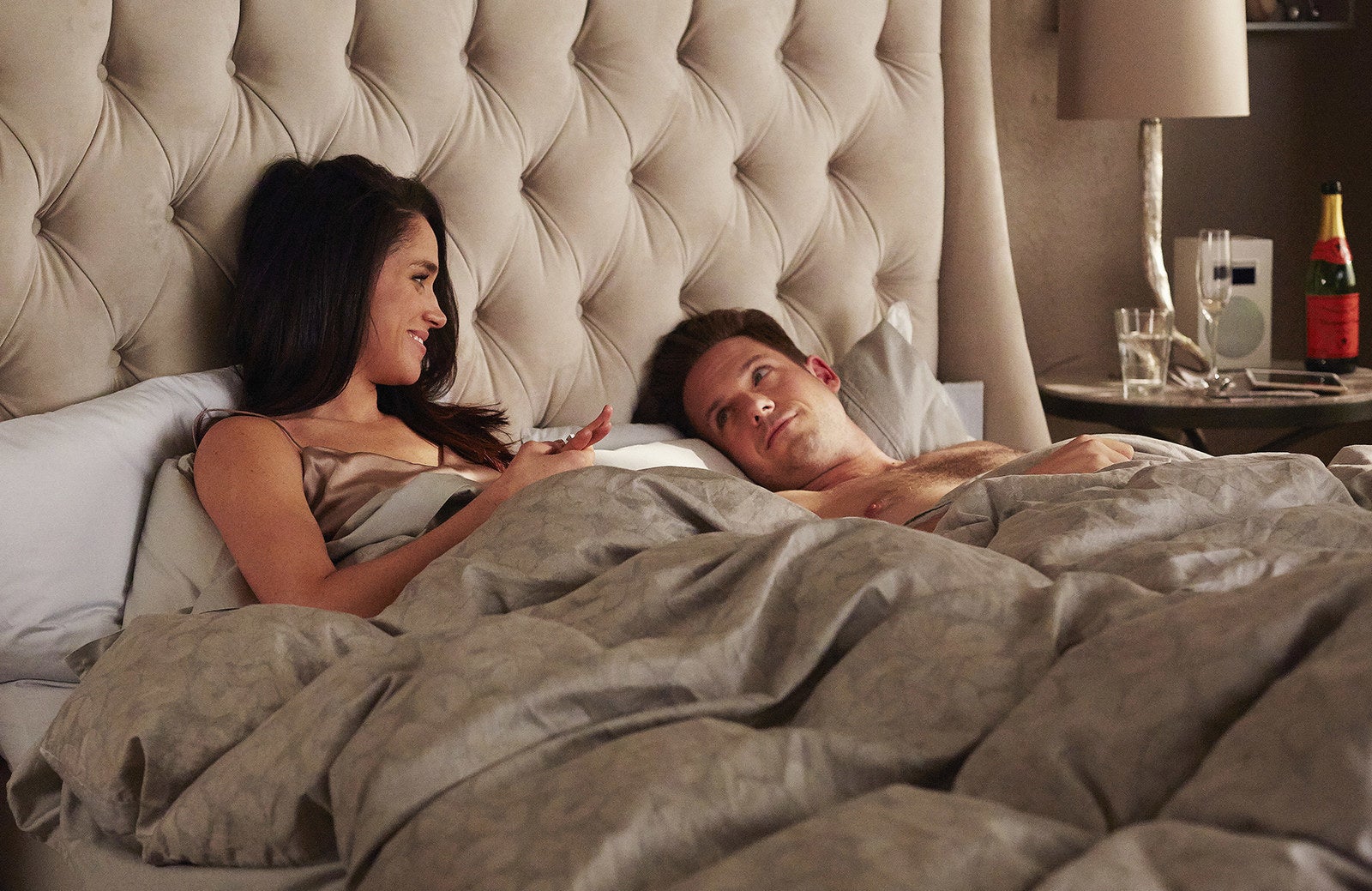
Eight days later, Prince Harry issued a public statement, complete with Kensington Palace letterhead, confirming his relationship and then some:
…the past week has seen a line crossed. His girlfriend, Meghan Markle, has been subject to a wave of abuse and harassment. Some of this has been very public — the smear on the front page of a national newspaper; the racial undertones of comment pieces; and the outright sexism and racism of social media trolls and web article comments…
Harry lamented his inability to protect Markle and her loved ones, bombarded by paparazzi. The statement went on to proclaim, “This is not a game — it is her life and his.”
Supporters of the pairing collectively swooned, but Prince Harry’s words conveyed more than chivalry. His firm stance against the racism and sexism directed at Markle exists in stark contrast to much of his family’s history and his own past conduct. There’s also no denying that for people of color, the tension between celebrating Markle’s impending nuptials and reconciling the monarchy’s violent racist past is a constant struggle. I recently learned that the British essentially committed genocide in Sri Lanka in 1818, killing many of my paternal family’s ancestors. However, four generations later, my dad was able to move us to Canada by earning a Commonwealth Scholarship. And while I have only a casual interest in the royal family, my mother is deeply fond of Lady Diana and Queen Elizabeth II. Such mixed ties to the monarchy can create an ongoing and confusing conflict of interest, much like Markle’s story.
As the royal family’s relevancy has shifted from executive power to figureheads, why does the general public still care about them? Ethically, should we? And by feting Meghan Markle, are we glamorizing the acceptance of people of color into institutions that have hurt and oppressed them?
Historically, European royalty have been known — and since ridiculed — for inbreeding to preserve the purity of their bloodlines. Hence the term “blue-blooded,” an adjective that implies aristocrats have skin so pale it provides a clear canvas for their veins. It was understood that such skin was untainted by laboring in the sun and interracial mixing.
But the ethnic purity of Britain’s royals is a myth. The House of Windsor isn’t even natively British; they’re of German ancestry. Up until 1917, the family name was actually Saxe-Coburg-Gotha, a surname that King George V discarded to deflect anti-German sentiment. And despite an assortment of strategic cousin-marriages, the royal bloodline may not be all that blue. Princes William and Harry themselves are reportedly direct descendants of an Indian housekeeper.
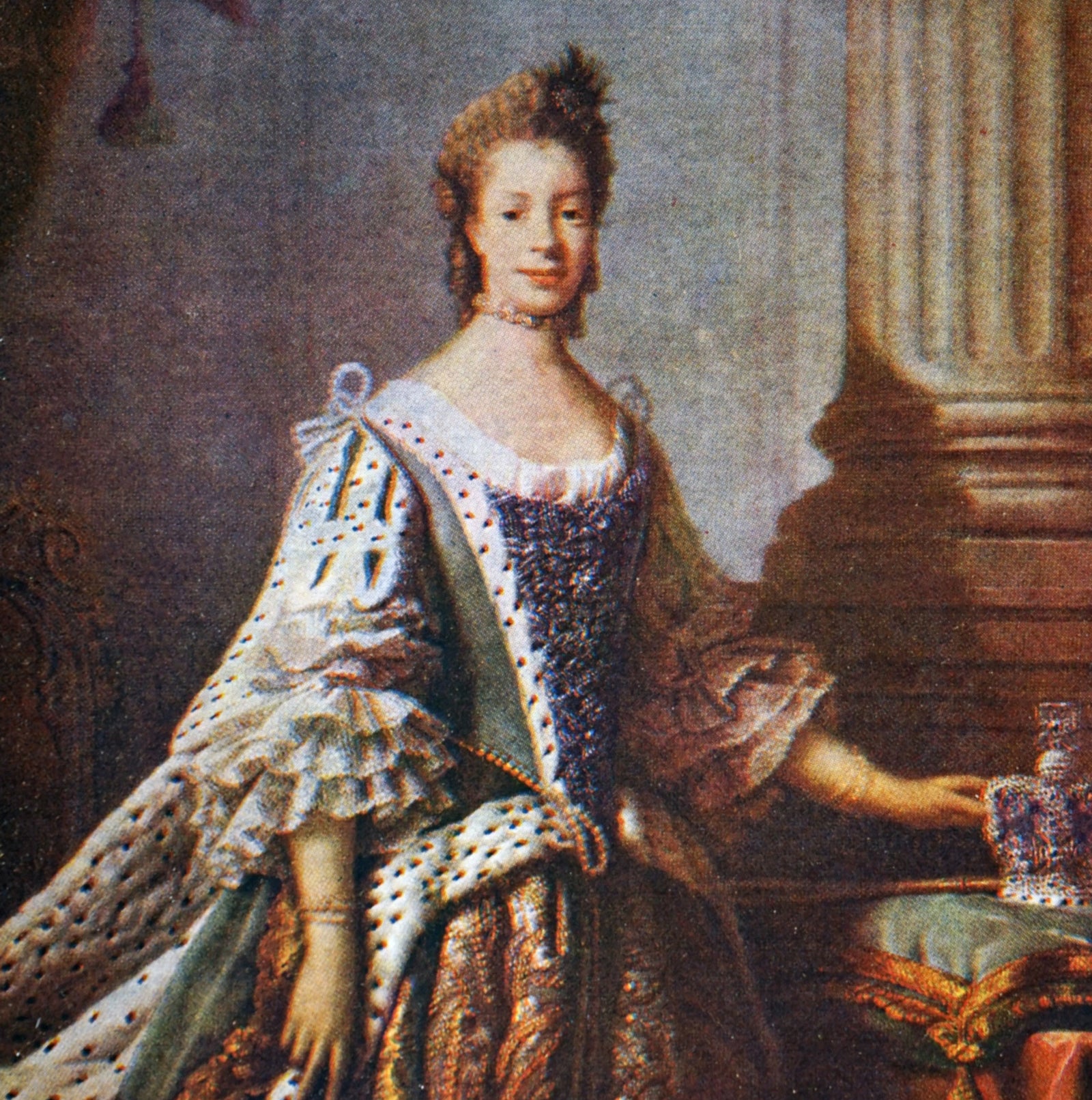
More known, albeit not well-known, is the possibility that Queen Charlotte, wife to King George III, had black ancestry. In addition to written accounts that support this theory, her royal portraits appear to show — and, some believe, intentionally downplay — her African features, though certain historians say the artwork proves nothing conclusive. Either way, her potential blackness has been largely ignored or deemphasized. Helen Mirren was nominated for an Oscar for her portrayal of Charlotte in 1994’s The Madness of King George. Moreover, Queen Charlotte may not have even been the first biracial queen; it’s been suggested that Queen Philippa — said to be “brown of skin all over” — held that title.
Of course, the British monarchy’s racism hasn’t always been so covert. Prince Philip is notorious for his culturally offensive gaffes. In 1986, he warned a British exchange student in China that if he stayed there too long, he’d go “slitty-eyed.” Upon meeting the president of Nigeria, who wore traditional robes, Philip exclaimed that he looked like he was ready for bed. The list goes on.
And then there’s the colossus that is colonialism. Less than 100 years ago, Britain governed a fifth of the world’s population. They not only reinforced the racist notion that the British were superior to those colonized, but committed countless atrocities against the foreign people they ruled. The British engaged in the Black War, which was essentially a Tasmanian genocide, and Kenyans were raped, tortured, and killed by colonial forces during the Mau Mau rebellion. In India, the British Empire was responsible for the Jallianwala Bagh massacre as well as preventable famines that killed between 12 million and 29 million Indians. This list, too, goes on.
Much more recently, a 20-year-old Prince Harry infamously wore a Nazi uniform to a “Colonials and Natives” costume party in 2005. The prince was also caught on videotape from 2006 glibly using racial slurs during army training. He apologized for both scandals, insisting no malice was intended. Still, the incidents proved the ignorance that can closely accompany unchecked privilege.
Over a decade later, the prince seems more aware of his blind spots. Being in an interracial relationship doesn’t preclude you from racism, but Harry’s defense of his fiance suggests that he is learning. Granted, it’s a lesson taught at Markle’s expense, but it brings hope that the rest of the royal family can make a similar, pivotal shift moving forward.
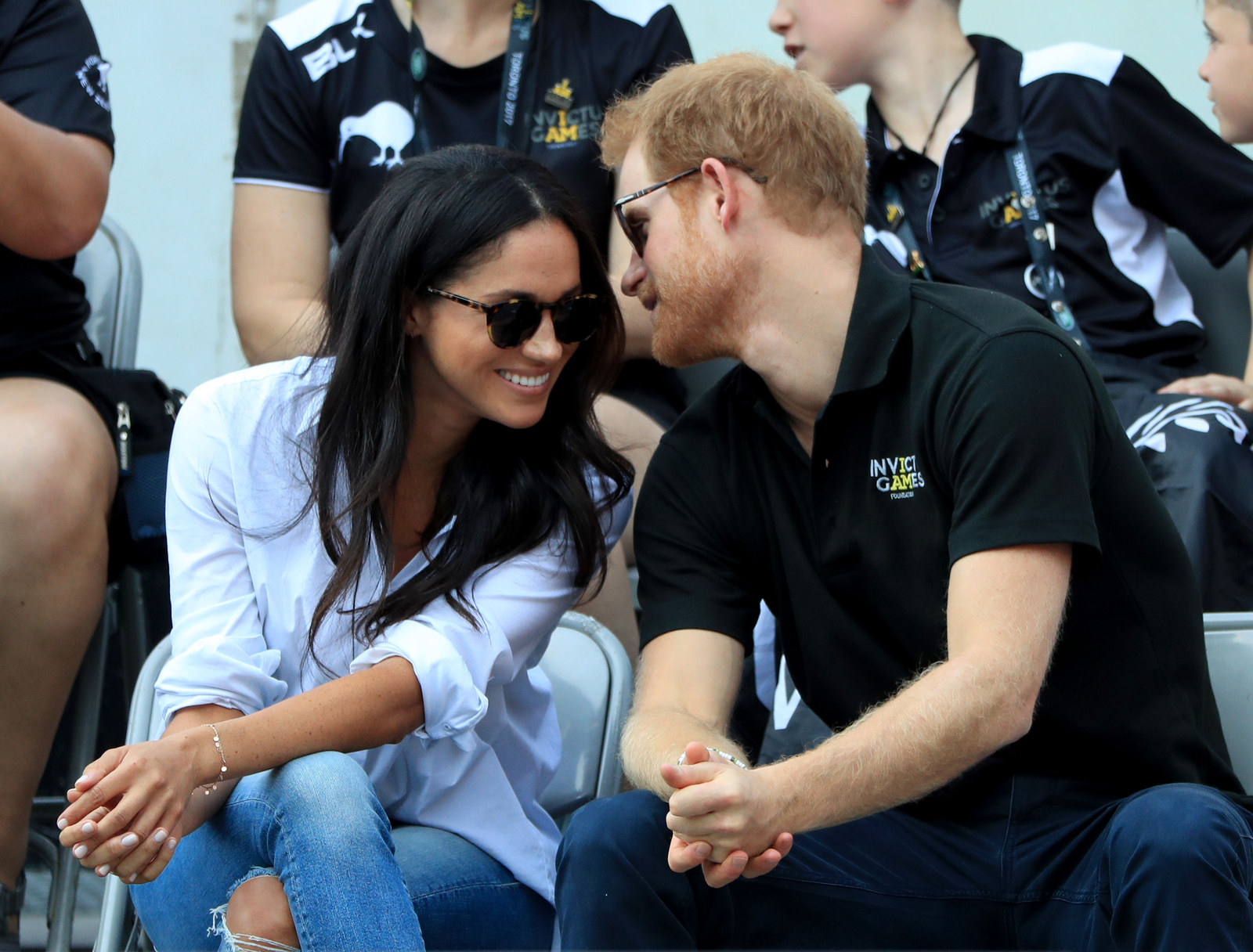
“Historically, princess worship has emerged during periods of uncertainty and profound social change,” Dr. Miriam Forman-Brunell, a women’s and gender studies historian, remarked in a 2006 New York Times piece. She was referring to fictional princesses, but Jerramy Fine, author of the book In Defense of the Princess and a self-described royal expert, believes that the appeal tends to translate to real-life royalty. “The Venn diagram of grown-up women who love Disney and the Windsors has a huge overlap,” says Fine. “Living, breathing princesses seem to bring fairytales to life — but at the heart of it all is the same royal archetype.”
Considering this, it’s unsurprising why so many women, especially those of color, have latched on to Markle. When celebrities are essentially America’s cultural equivalent to royalty, she too has become something of a hero we look to during a time of instability. For those whose spirits are dragged down by the current news cycle, she brings a story that’s romantic, fluffy, and exciting — a welcome distraction. And her story speaks to possibility, to the idea that we can occupy spaces, roles, and even fantasies that forever had felt unattainable.
She also brings a thread of joy and nascent optimism when cultural friction seems to worsen around the world. There’s been a recent surge of hate crimes in the US and Britain, Markle’s former and current home countries. Hostility toward immigrants and refugees is growing in both nations, suggesting that this vitriol against “outsiders” is symptomatic of toxic and threatened whiteness. Watching Markle, a multiracial woman, cross borders and thrive amidst a Brexit backdrop might be comforting, if not encouraging, to minorities who feel targeted or vulnerable.
Despite having origins over 2,000 years old, the Cinderella story is seemingly evergreen and, according to Kurt Vonnegut, the most popular storyline in Western civilization. The crowd-pleasing plot has been retooled to uplift other underdogs, from sex workers (Pretty Woman) and struggling athletes (Rocky; The Karate Kid) to, more recently, the stripper-turned–rap hero Cardi B. Now it’s being pushed as Meghan Markle’s narrative.
It’s a designation that’s not completely accurate. It suggests Prince Harry is saving Markle from tragic circumstances. Quite the reverse — Markle is successful, educated, and financially independent. If anyone’s doing saving here, it’s her: Markle’s joining the monarchy helps buttress its ongoing existence, or at least challenge accusations of its anachronism. After all, the monarchy is meant to help provide identity and unity for a country that’s increasingly nonwhite and multiracial.
Nevertheless, the most fervent and disgruntled of Markle’s detractors have labeled her an opportunistic social climber. It’s a silly accusation, especially when considering the stress and scrutiny she’ll face (Japan’s Princess Masako and Empress Michiko both serve as a cautionary tales) and the sacrifices she’s already made (i.e., moving, shutting down her blog, and putting her acting career on hold indefinitely), not to mention the fact that Harry was allegedly the one who pursued her. But it’s a telling accusation too.
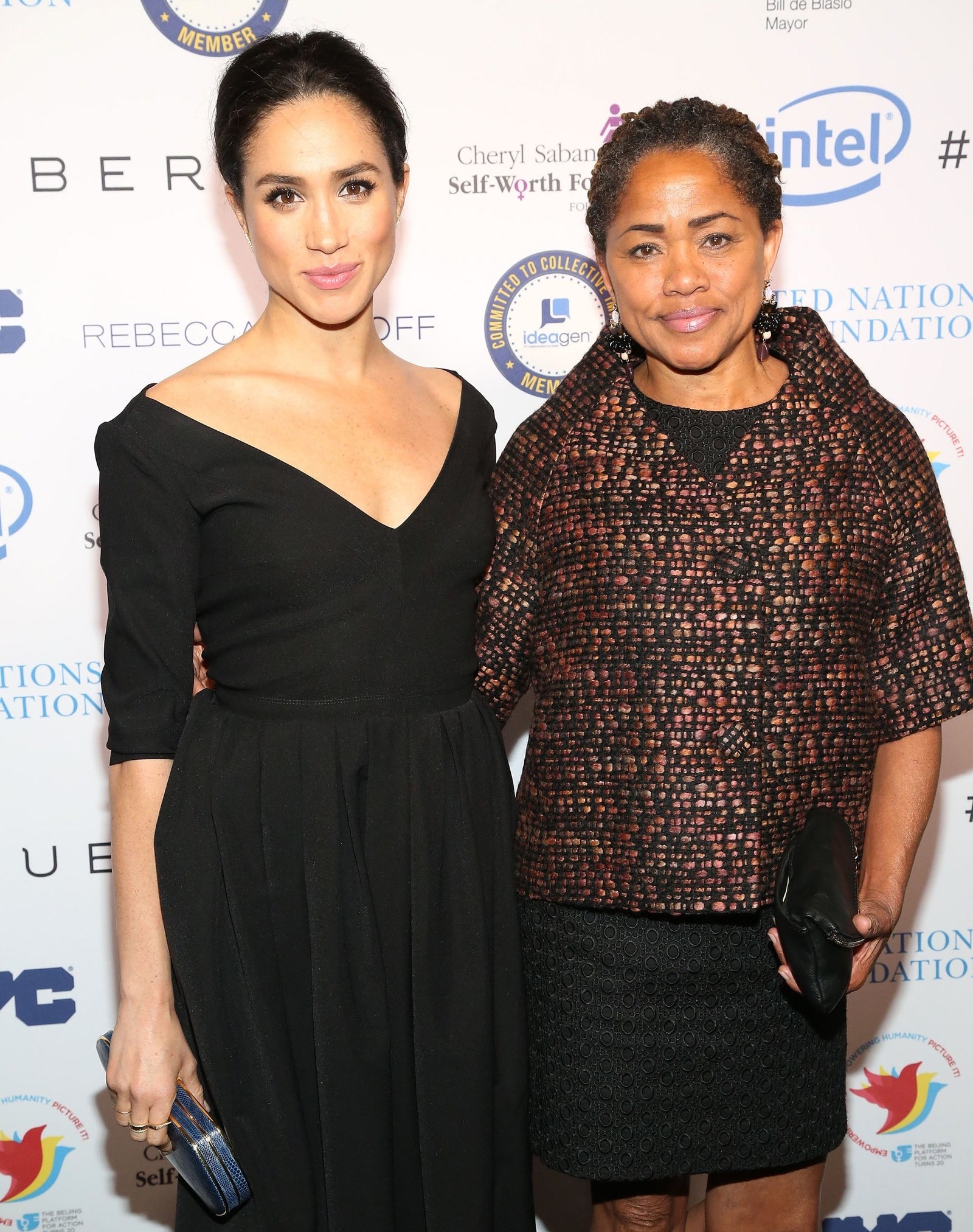
The demonization of social climbing reeks of classism — Kate Middleton, the granddaughter of a coal miner, was met with similar rancor — and, here, racism. Why shouldn’t Markle elevate herself? Upward mobility isn’t nefarious. In North America, these remarks could be explained as an attempt to uphold class-based superiority, but when these critics aren’t royals, why are they so protective of the Crown? I asked the black British writer and broadcaster Afua Hirsch, whose book Brit(ish): On Race, Identity and Belonging will be published in February, about this phenomenon, and she believes it speaks volumes about specifically British attitudes.
“We really still believe in the class system and slightly resent people who kind of move above their station,” Hirsch explained. It’s a resentment that disproportionately affects people of color and immigrants, given that many of them have nowhere to go, in terms of cultural status, but upward. “What Americans call ‘the American Dream’ we call ‘social climbing,’” she said. “I mean, it’s crazy. In America it seems good, and here it seems bad. But it tells you a lot.”
Above all, Meghan Markle is making history. She’s the first person of publicly known black origin to marry into the British monarchy — a dynasty that invested in and profited from the slave trade. Interracial relationships are increasingly common and are not meant to be political statements, but it’s hard to ignore the greater implications here.
The British throne is shrouded in mystery and ripe with mythology, but until now its narratives have been exclusionary. That has likely been a significant part of their appeal. Prince Harry once spoke about the tricky balancing act between living ordinary lives and upholding the mystique around the monarchy, explaining they “don’t want to dilute the magic.” But here’s an instance where accessibility has upped the enchantment factor.
We talk a lot about the need to tell different stories in the fictional terrain, but there’s a need to see different stories play out in the real world too. Meghan Markle has redefined the princess narrative, and she has done so without a fairy godmother, without the need for rescue, and, most importantly, without ever having to remake herself. Instead she’s transforming the face of an age-old, international empire and signaling a new beginning to a story we all thought we knew. ●
Sandi Rankaduwa is a Sri Lankan–Canadian writer, comedian, and filmmaker who’s written for the Believer, Rolling Stone, This Hour Has 22 Minutes, Exclaim!, and the Coast. She splits her time between Brooklyn and Halifax.
CORRECTION
Helen Mirren was nominated for an Oscar in 1994; she did not win.
